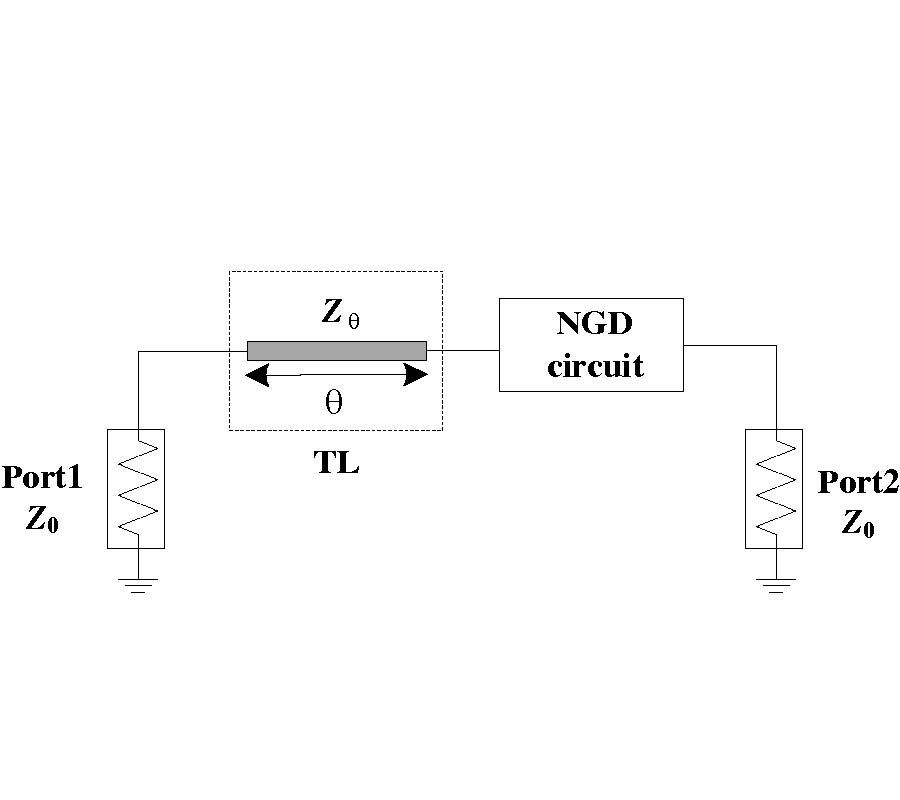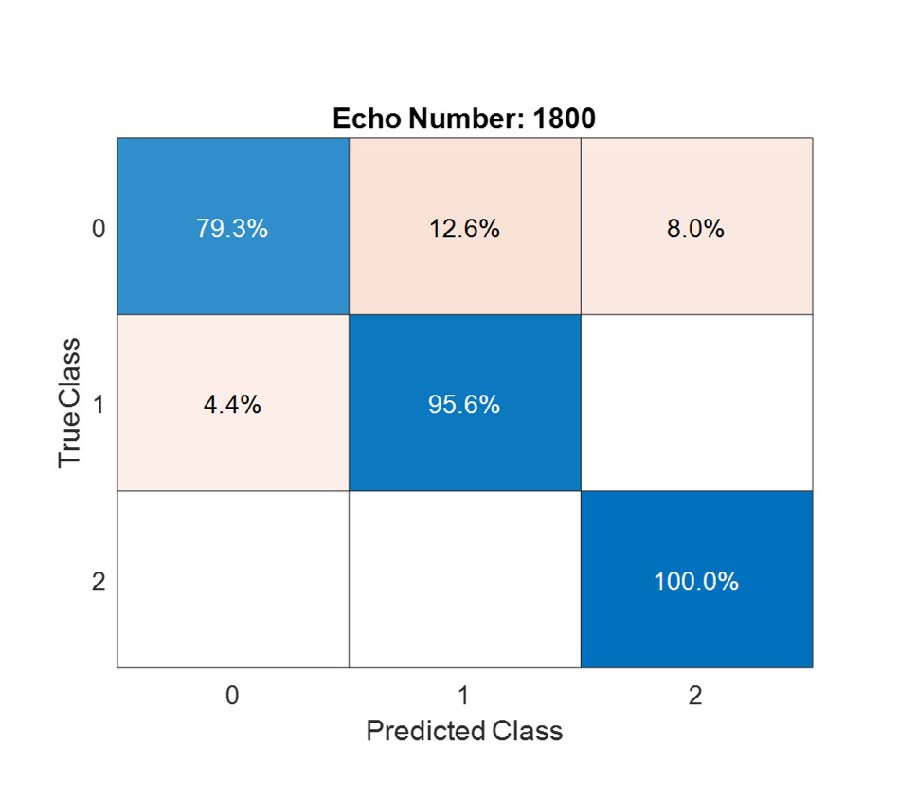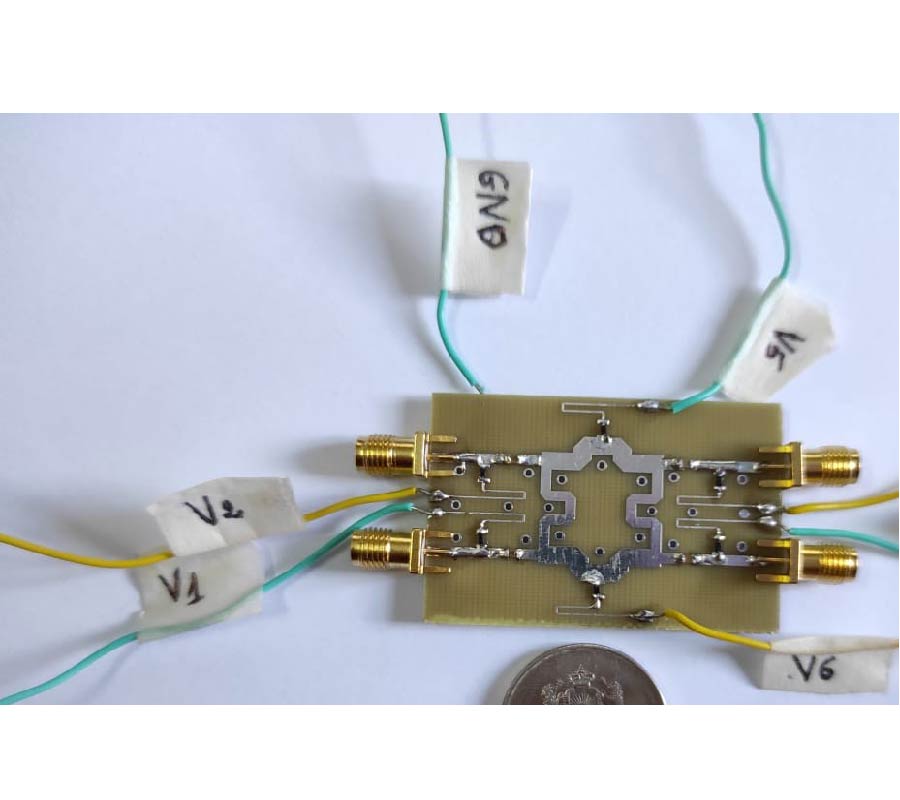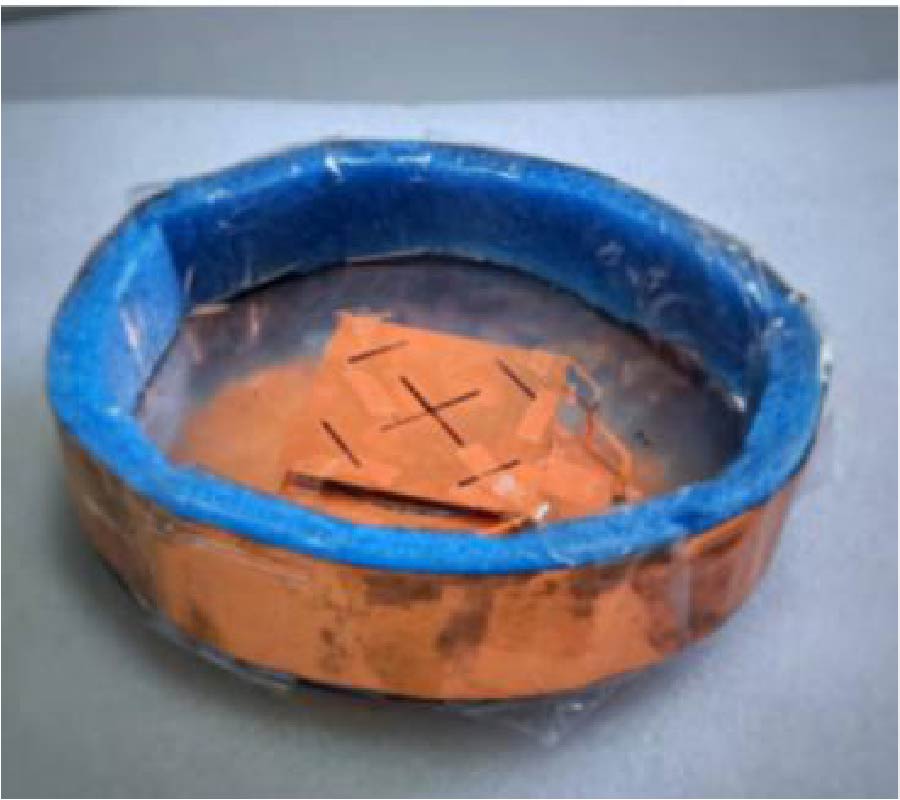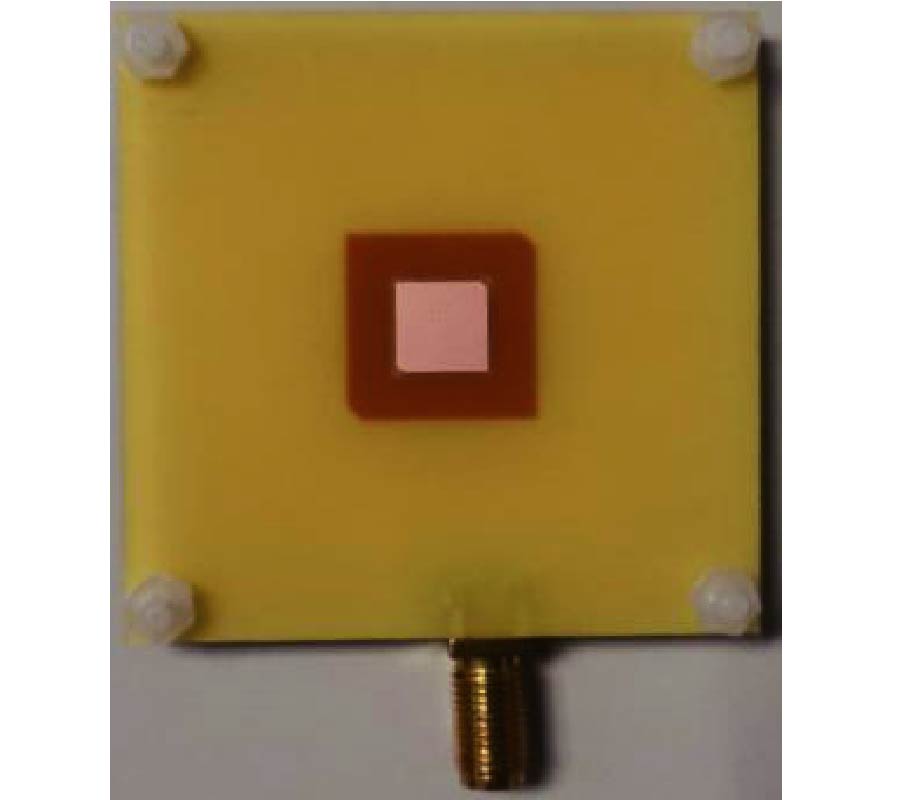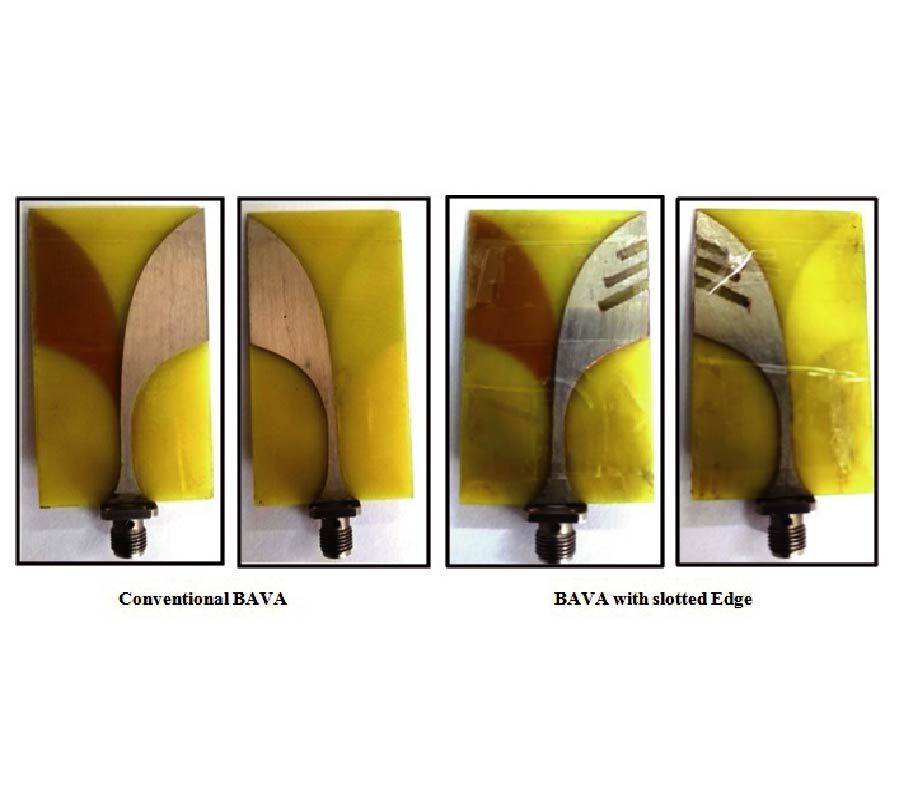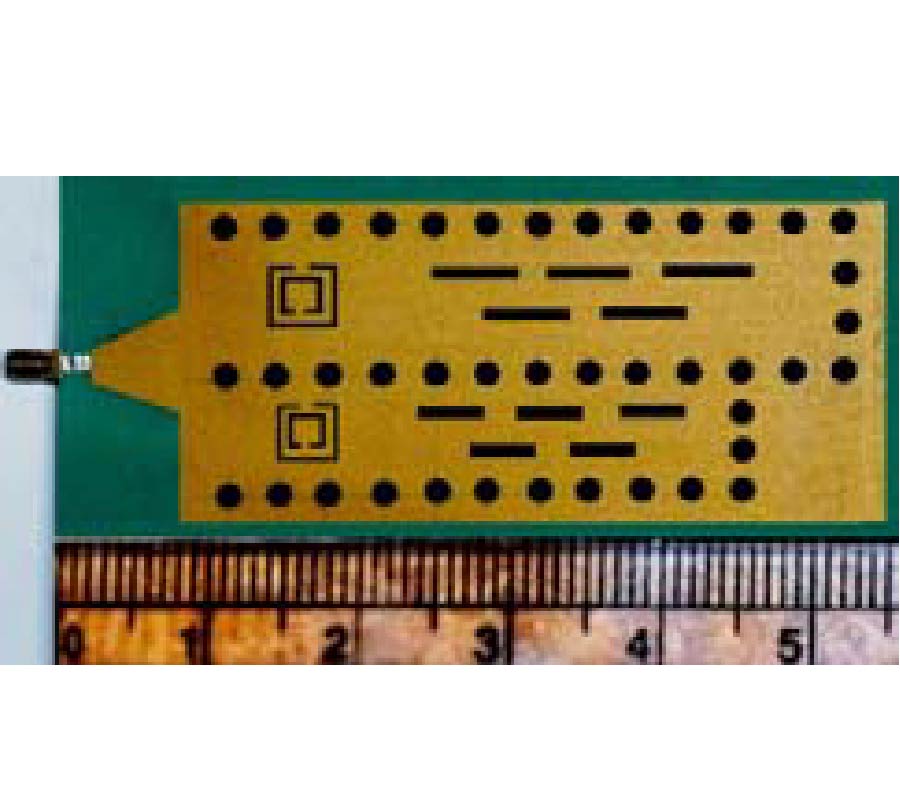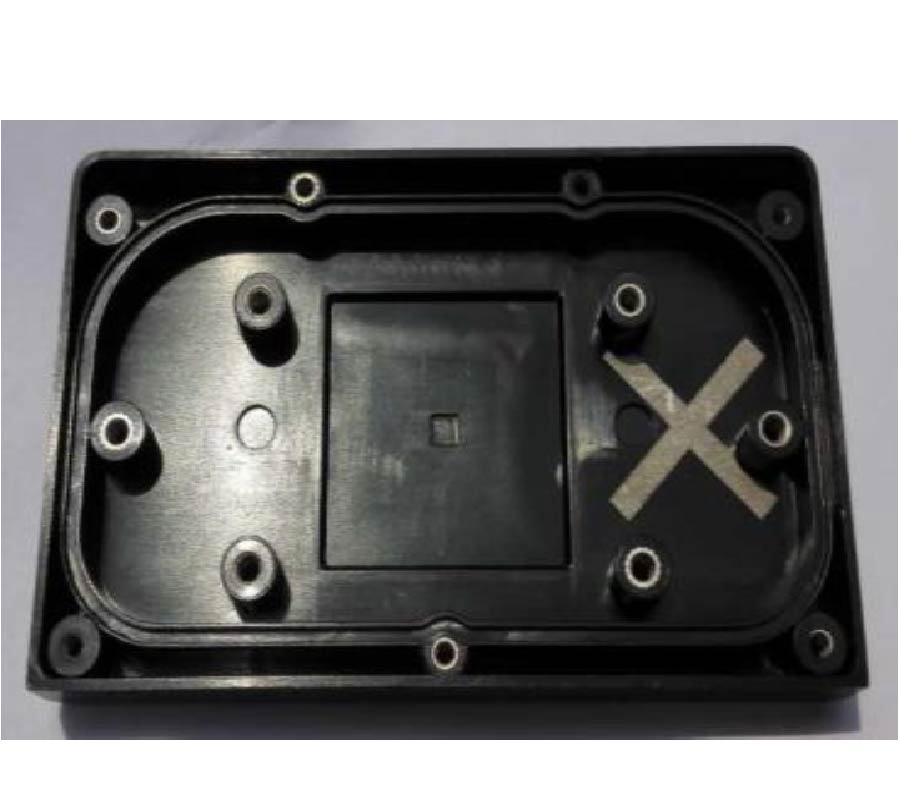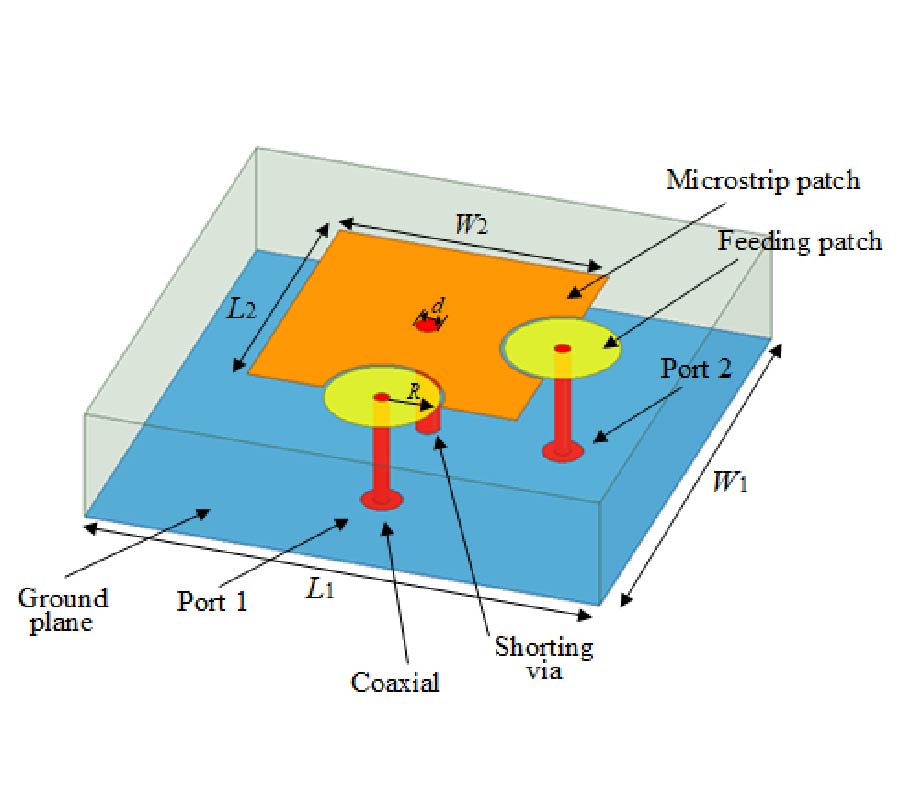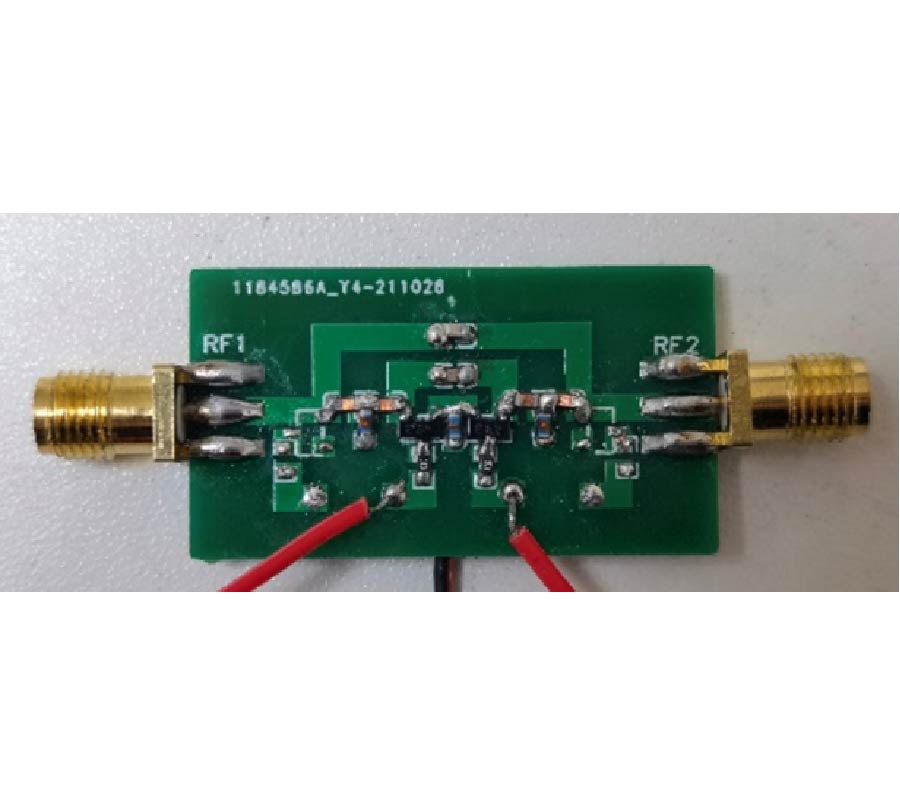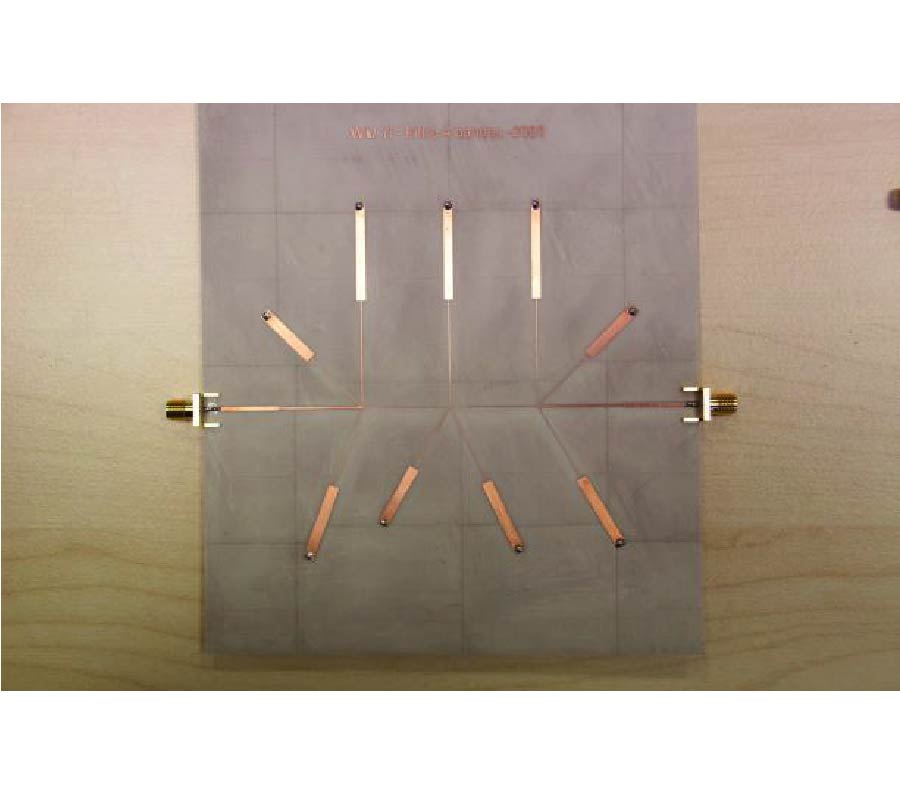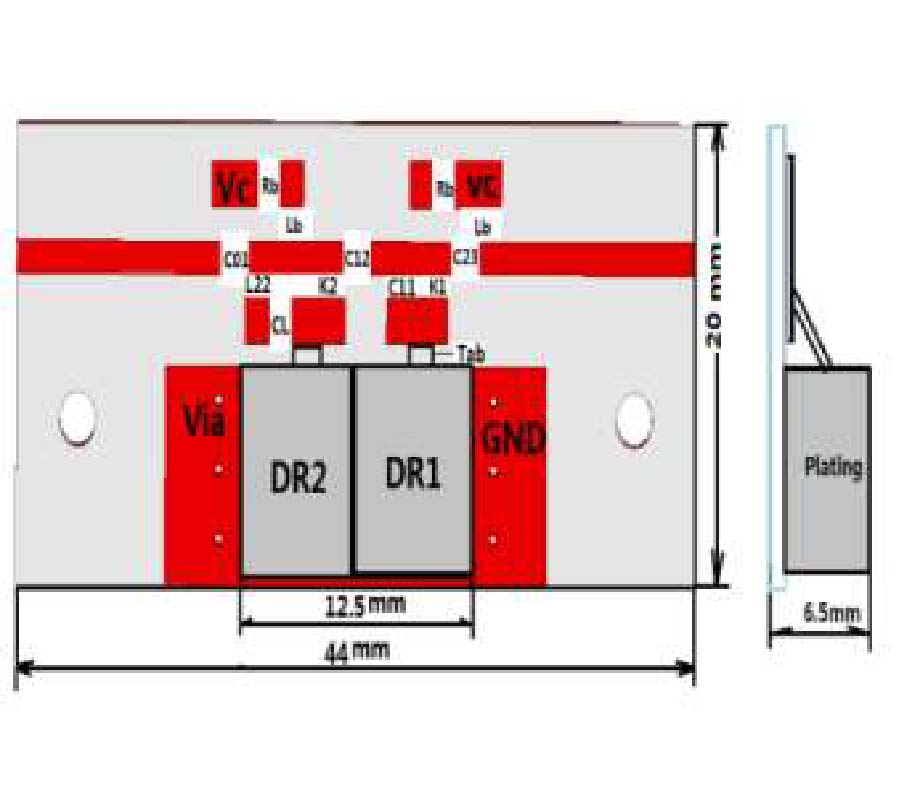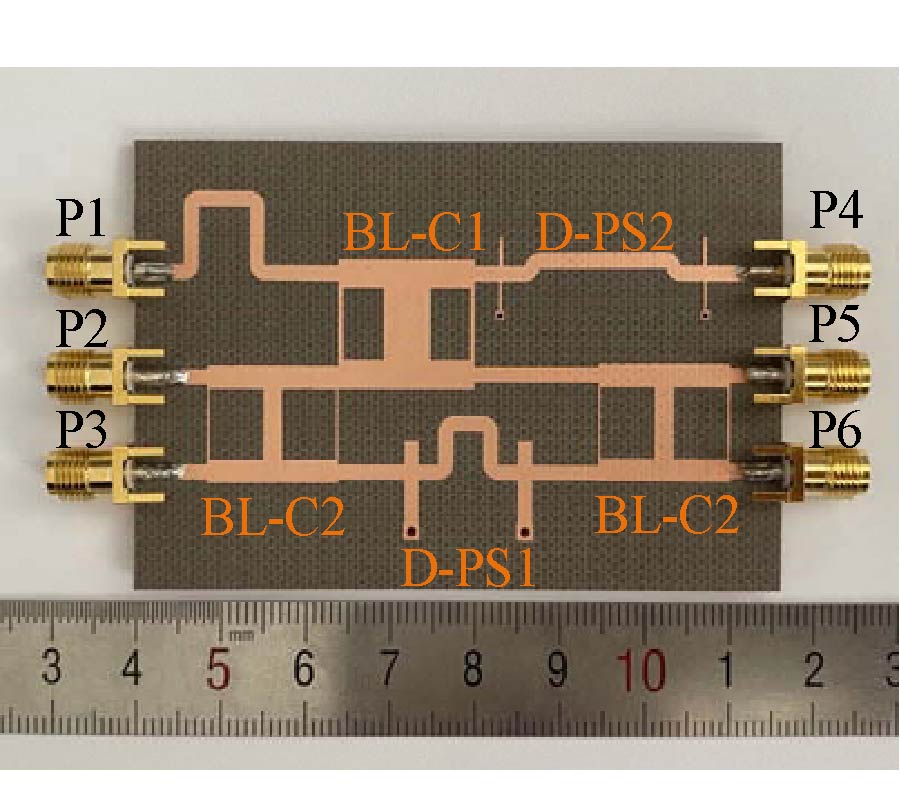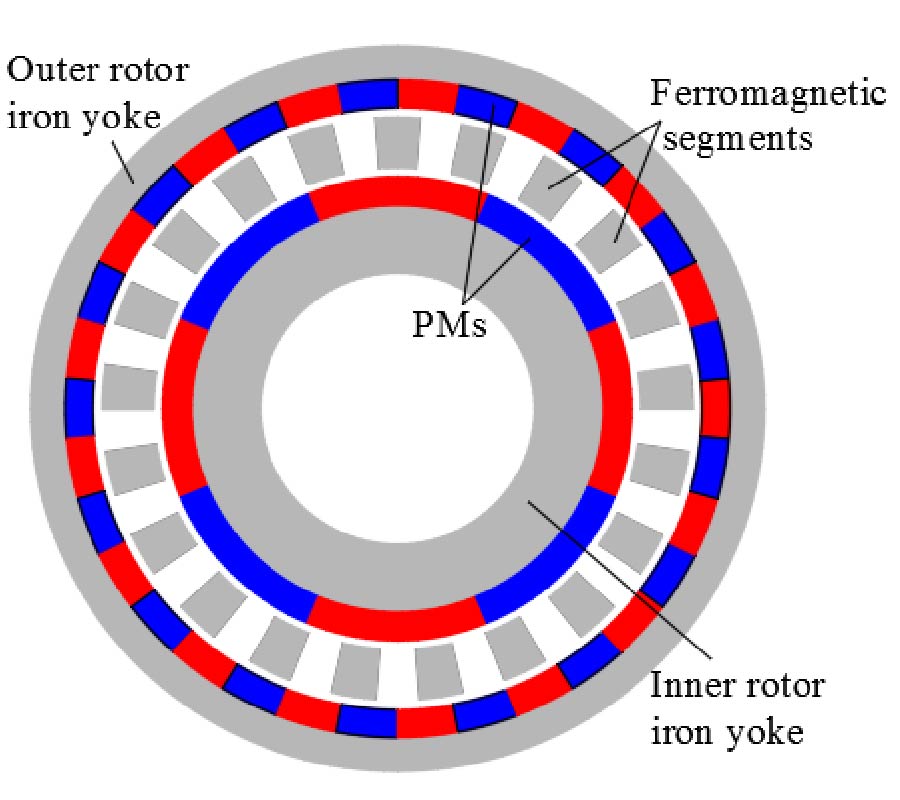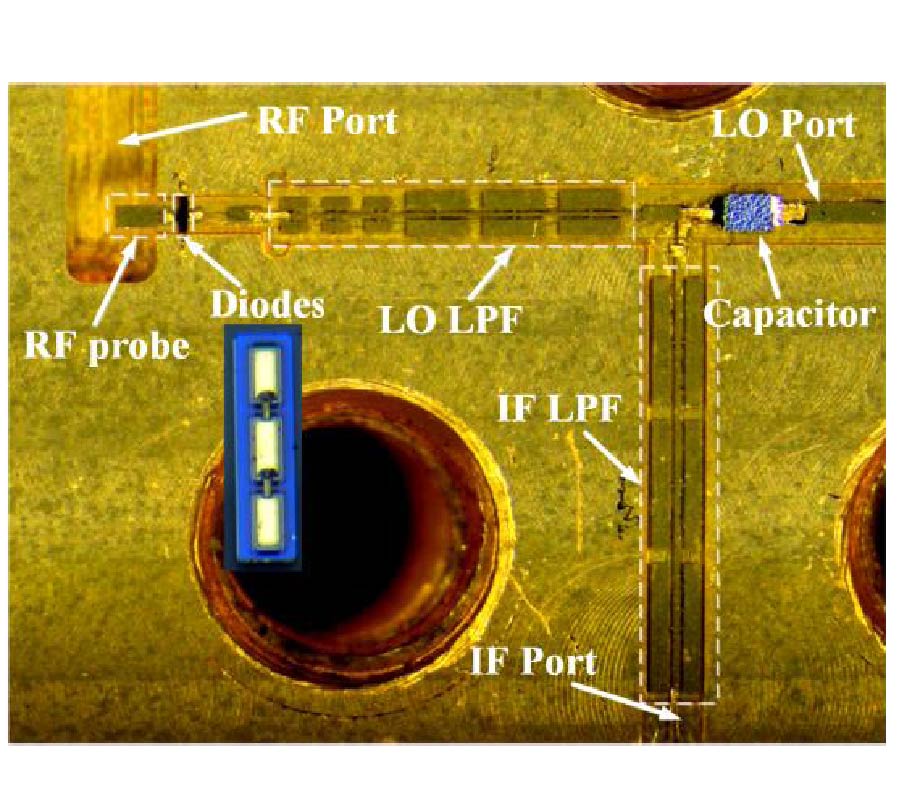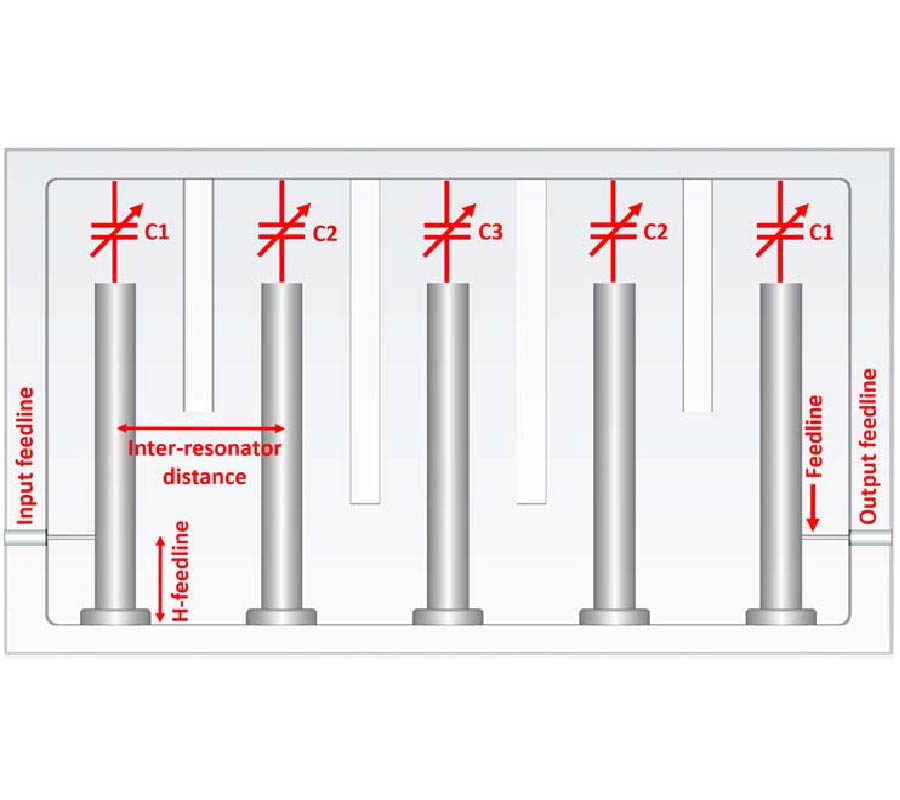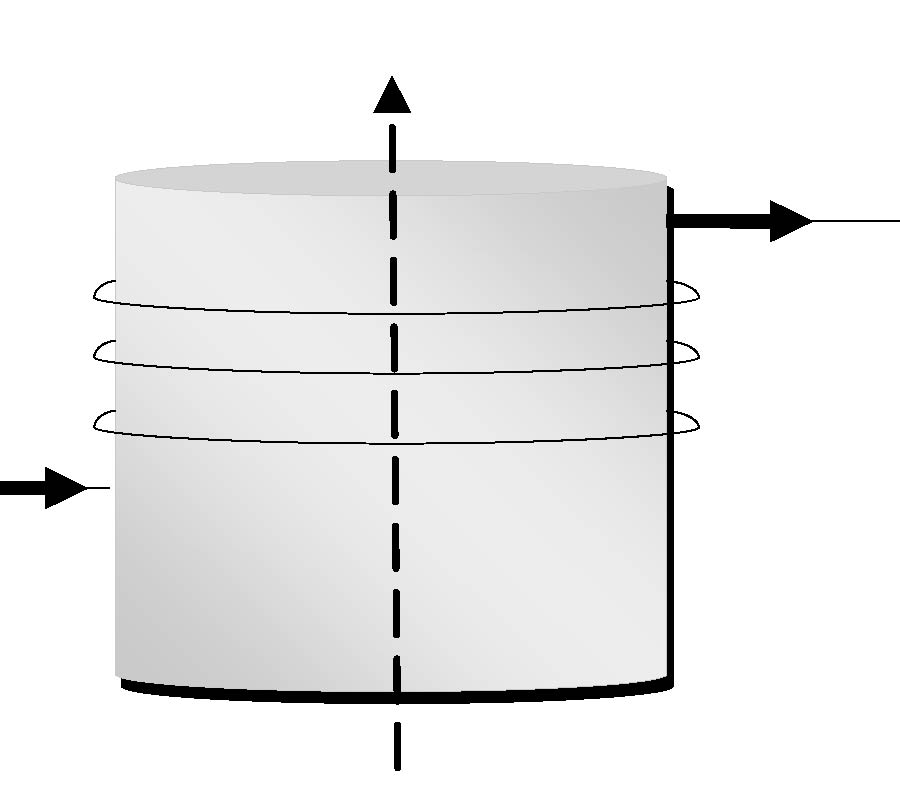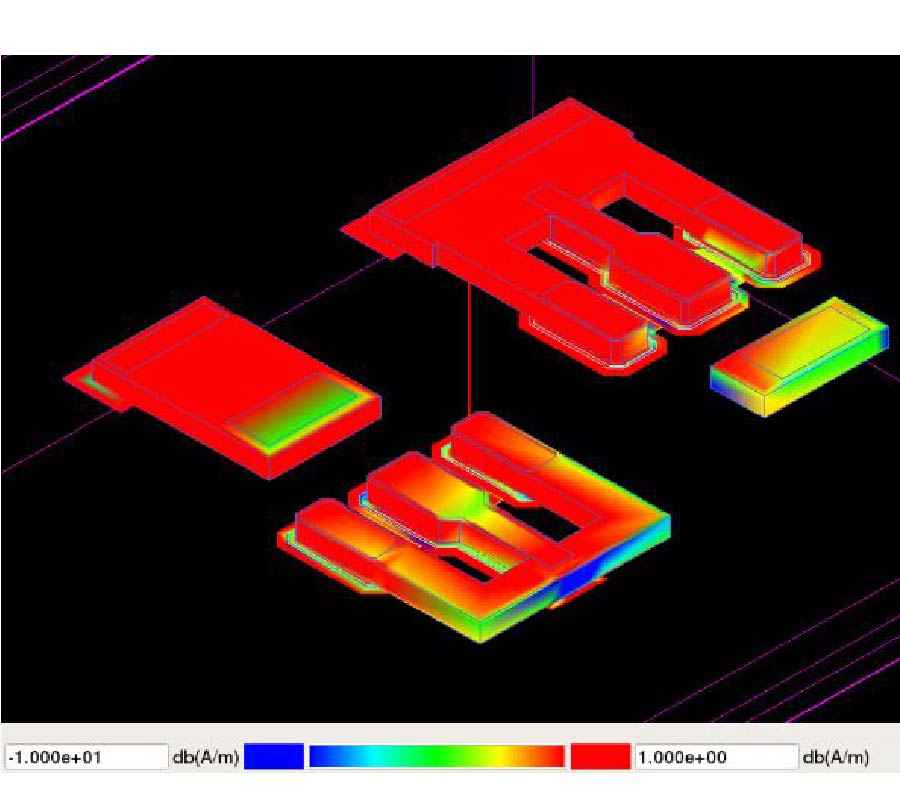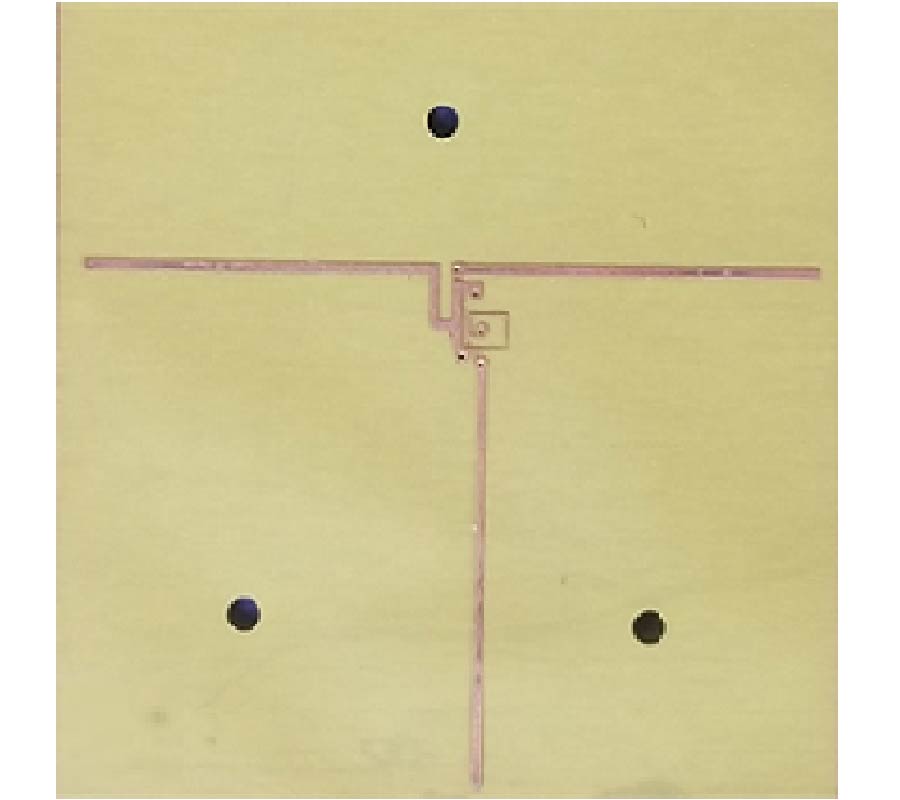2022-04-22 Latest Published
By Yuwei Meng
Zhongbao Wang
Shao-Jun Fang
Hongmei Liu
Progress In Electromagnetics Research Letters, Vol. 103, 161-169, 2022
Abstract
A broadband phase shifter (PS) with a constant phase based on a negative group delay (NGD) microwave circuit is proposed. The presented broadband PS is composed of distributed microstrip lines and two resistors, which is based on the positive group delay compensation principle. By tuning the electrical length of the phase shift transmission line, the constant phase can be obtained in the range of -360° ~ 0°. For verification, three broadband PSs with the phase shift of -90°, -180°, and -270° (90°) are designed, fabricated, and measured at the center frequency of 1.0 GHz. The measurements show that the -90° PS can achieve a constant phase of -90°±3.0° with a fractional bandwidth (FBW) of 73.1%; the -180° PS can achieve a constant phase of -180°±5.0° with an FBW of 51.1%; and the -270° PS can achieve a constant phase of -270°±4.0° with an FBW of 40.4%. Besides, the return loss is greater than 13.6 dB in the flat-phase bands.
